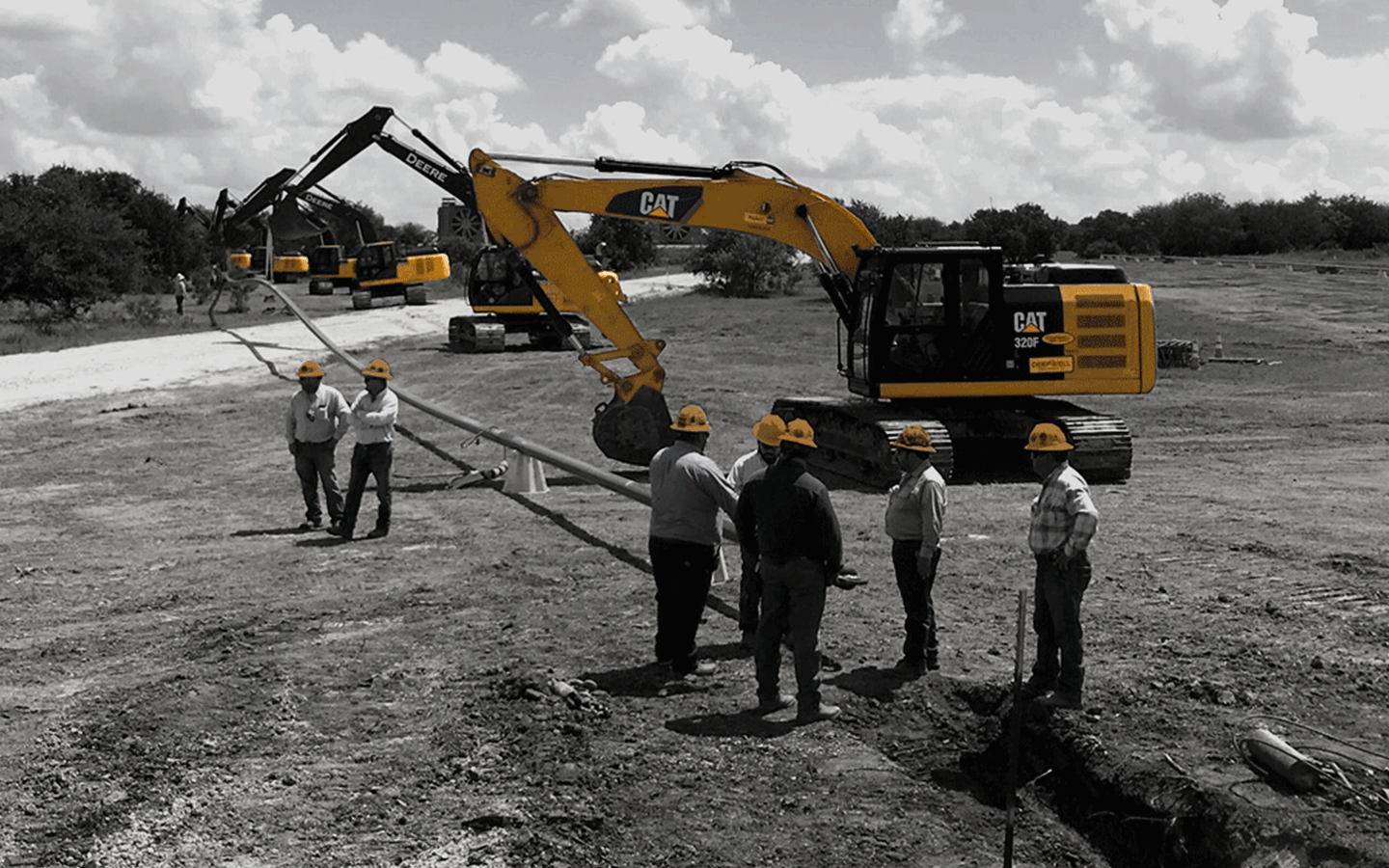Everything About Oil Field Equipment and Pipeline Equipment: Trick Insights and Important Info
Oil field equipment and pipeline systems play an essential function in the oil and gas sector. They are vital for the effective removal and transportation of hydrocarbons. Trick components, such as piercing rigs and tank, straight effect functional success. At the same time, developments in modern technology promise to enhance security and effectiveness. Comprehending these components is crucial for anybody involved in or curious about this complex field, as it sets the phase for much deeper expedition of industry techniques.

Overview of Oil Field Equipment
As the need for oil remains to expand, understanding the devices utilized in oil areas ends up being progressively vital. Oil field equipment includes a vast array of machinery and devices crucial for exploration, extraction, and handling. Secret elements include drilling rigs, which are vital for reaching oil storage tanks, and production tools, such as separators and pumps, that facilitate the removal procedure. Superior Rentals Contact. Additionally, tank play a considerable role in holding petroleum before transportation. Security devices, including blowout preventers and pressure evaluates, assures operational security and efficiency. Each tool features cohesively to enhance manufacturing and maintain effective operations. Familiarity with this equipment is necessary for professionals in the market to guarantee effective procedures and adherence to safety and security standards
Sorts Of Drilling Rigs and Their Applications
Drilling rigs offer as the foundation of oil extraction operations, with various types designed for certain geological problems and functional needs. One of the most typical types consist of rotating exploration rigs, which utilize a revolving drill bit to permeate the planet, and cable television tool rigs, understood for their percussion drilling technique. For offshore procedures, jack-up rigs and semi-submersible rigs give security and assistance in marine atmospheres. Furthermore, directional exploration rigs make it possible for operators to drill at angles, getting to down payments that are not up and down accessible. Each rig type has special benefits, optimizing performance and safety based on the exploration setting. Picking the ideal rig is crucial for making best use of resource extraction while lessening ecological impact and operational costs.

Important Pipeline Equipment and Their Features
Pipeline infrastructure is essential for the transportation of oil and gas from removal sites to refining facilities and end-users. Numerous crucial devices elements promote this process. Pipelines themselves serve as the main conduits, developed to hold up against high pressure and destructive materials. Pump terminals are essential for maintaining circulation by increasing pressure along the pipeline. Valves play an essential duty in controlling circulation and separating areas for upkeep. Additionally, installations and connectors assure secure joints in between pipeline areas. Checking systems, including circulation meters and pressure sensors, are important for spotting leaks and maximizing flow prices. Pigging devices is employed for upkeep and cleansing, protecting pipeline stability and efficiency. With each other, these elements create the backbone of a reliable pipeline system.
Innovations and Technologies in Oil and Gas Equipment

Safety and Upkeep Practices in the Oil Market
While the oil sector has actually made significant strides in modern technology and efficiency, the significance of robust safety and maintenance practices can not be overemphasized. Effective safety and security protocols are necessary to shield employees and the atmosphere, minimizing the threat of accidents and spills. Routine evaluations and maintenance of devices help determine possible problems prior to they rise, ensuring functional stability. Educating programs for workers are essential, stressing the relevance of security recognition over here and emergency situation reaction procedures. Furthermore, adherence to sector policies and requirements cultivates a society of safety. Executing innovative surveillance modern technologies can further improve maintenance methods, enabling real-time evaluations of equipment problems. Inevitably, prioritizing security and upkeep is indispensable to the sustainability and success of the oil industry.
Frequently Asked Inquiries
What Are the Ecological Influences of Oil Field Equipment?
The environmental impacts of oil field equipment include environment destruction, water contamination, and air pollution (Superior Rentals near me). In addition, equipment malfunction can bring about spills, adversely influencing wildlife and ecological communities, highlighting the demand for strict guidelines and tracking
How Is Oil Field Equipment Moved to Remote Locations?
Transferring oil field equipment to remote locations frequently includes specific automobiles, helicopters, or barges. Logistics firms coordinate paths, making sure devices shows up securely and successfully, taking into consideration terrain and ease of access to minimize delays and make best use Clicking Here of performance.
What Regulatory Specifications Govern Oil Field Equipment?
Regulative requirements controling oil field equipment mainly include safety and security, environmental management, and operational effectiveness guidelines. Agencies such as OSHA and EPA implement these policies to ensure risk-free practices and minimize eco-friendly impact in oil removal heavy equipment machinery procedures.
What Abilities Are Required to Operate Oil Field Machinery?

How Do Oil Rates Affect Equipment Demand and Use?
Oil costs considerably influence equipment need and usage. Higher prices commonly result in increased expedition and production activities, driving need for machinery. On the other hand, lower prices might cause lowered procedures and decreased requirement for equipment.